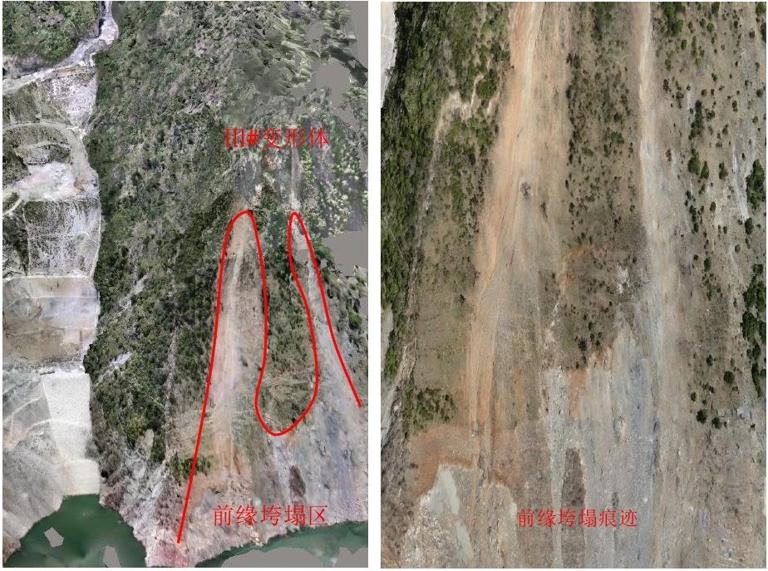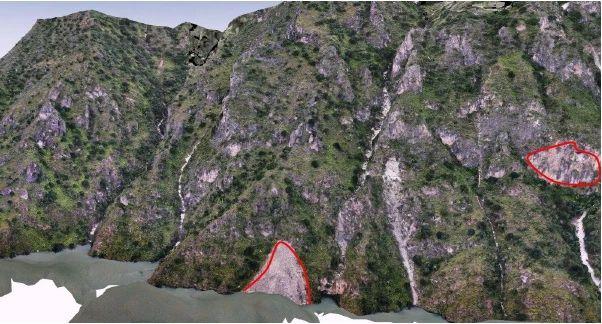Disasters have brought huge losses to mankind. Disaster prevention and reduction is related to the safety of people's lives and property and social harmony and stability, and its importance is self-evident. The perfect disaster prevention and reduction system can quickly monitor and warn the disaster and minimize the loss when the disaster comes.
One of the functions of the national disaster reduction department is to be responsible for the planning and construction of the national disaster reduction and relief information network system and database, and assist in disaster monitoring and early warning, risk assessment and disaster situation assessment.
Thousands of disaster prone sites, how to collect information, how to build systems, in order to effectively monitor and manage?
UAV aerial survey: the most suitable data acquisition method for disaster monitoring. The application value of UAV Low Altitude Aerial Survey Technology in disaster prevention and reduction has been gradually excavated, especially the newly emerging tilt photogrammetry technology. Its technical advantages are as follows:
(1) It effectively makes up for the defects that it is difficult to implement the traditional survey and design methods, especially in areas with steep terrain conditions and difficult for personnel to reach, and provides detailed first-hand information for disaster prevention and reduction;
(2) The high-resolution image with texture can perceive information from multiple angles, and the model data can more truly reflect the actual situation of the region;
(3) In the 3D data application platform, it can measure the length, height, angle, area and slope based on the real 3D model, and estimate the excavation and filling volume according to the demand;
(4) UAV data results can be quickly released through the network through mature technology, which is convenient for application sharing and centralized management.
Orthophoto Image (DOM) can intuitively and accurately obtain the geographic information of geological hazard points (landslide, deformation body, debris flow, etc.);

Digital elevation model (DEM) and real 3D model can observe the overall and detailed characteristics of geological disaster points such as landslide and deformation body, as well as the surrounding landform from different elevations and angles, obtain information such as location, distance, slope and vegetation coverage, and carry out 3D visualization operations such as excavation and filling volume estimation.

Wish3D: efficient data management and convenient disaster interpretation.
How to effectively manage the large amount of data captured by UAV in order to make decisions quickly?
Firstly, it supports the release, sharing and centralized management of various UAV data results. The data results collected and processed by the front-line investigators at the disaster prone sites with UAVs are released to the wish3d network platform. The staff of disaster reduction departments in other places can see the images and 3D models at the first time without downloading data, saving a lot of trouble in data transmission. Similar to the database management system, it can classify and manage a large amount of data according to time, place and other attributes.
Secondly, the functions of double screen comparison, vector plotting and measurement can effectively help disaster interpretation and marking. The images of disaster points obtained in different periods and the real three-dimensional model are displayed on two screens. By calculating and comparing the distribution position and distance from the dam of disaster points such as landslide, deformation body and debris flow, it is convenient to interpret the disaster, evaluate and warn the disaster, and realize the rational allocation and scheduling of disaster relief resources.
UAV aerial survey + wish3d data management platform has jointly built an accurate, efficient, standardized and comprehensive disaster monitoring and early warning network database. It is the specific application of cutting-edge information technology in the field of disaster reduction, provides a more intuitive expression for the geographic information of various disaster points, promotes the rational allocation and scheduling of resources, and has been affirmed and favored by many disaster reduction departments.
Comment list ( 0 )
